
On the DNA trail of the platypus
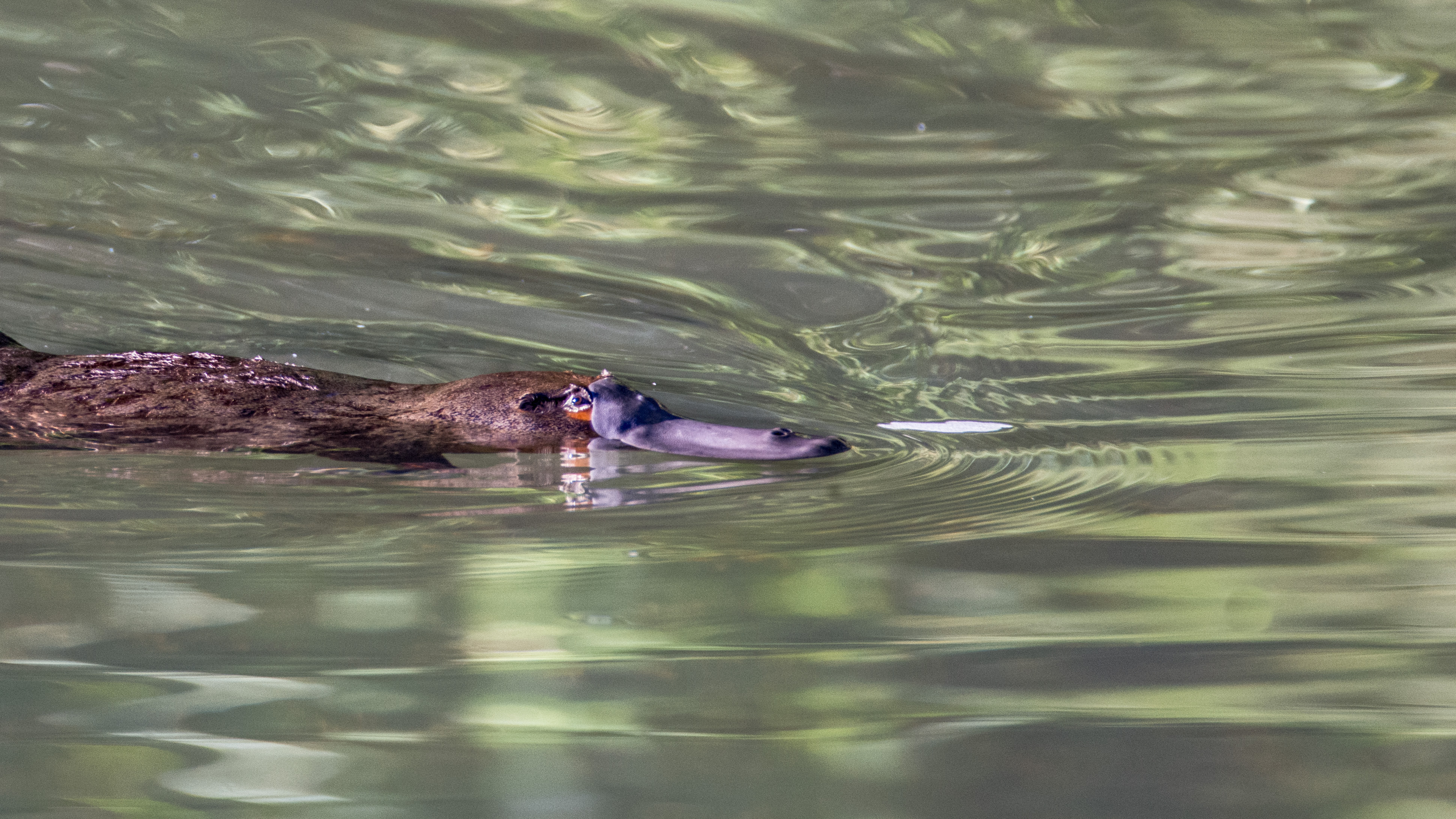
The platypus is a ‘near threatened’ species, but researchers are now measuring the DNA they leave behind in the environment as part of the largest-ever investigation into tracking this secretive animal
Published 26 October 2018
On the DNA trail of the platypus
We all leave traces of our presence behind as we move through our environment.
Our skin cells, hair, saliva, or blood persist in places we have been. DNA can be taken from these cells to identify us, just like in crime shows.
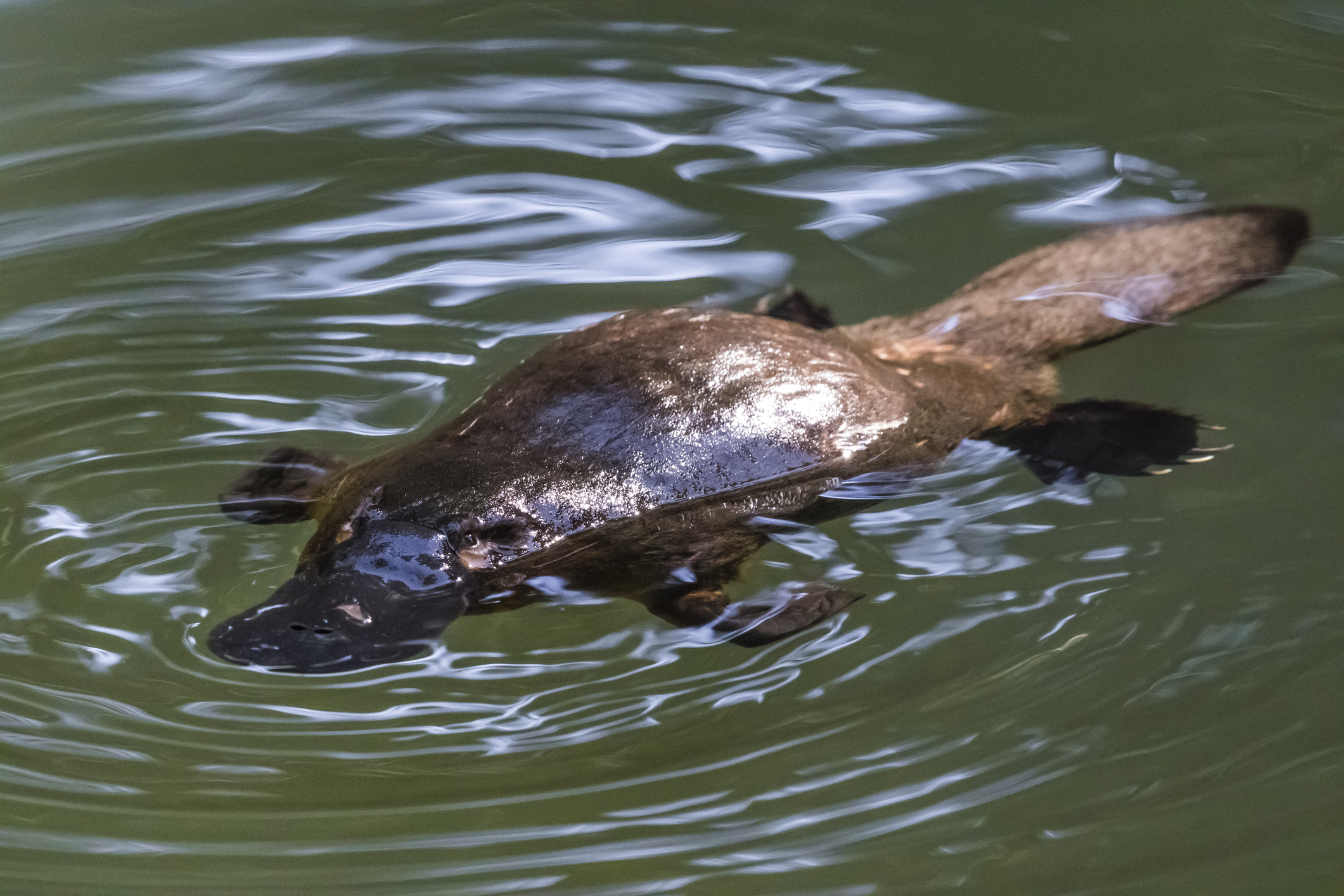
Animals are no exception – they leave DNA behind as they swim, crawl, and walk through their various habitats. And just like the criminal who inevitably leaves behind traces of their DNA, we can now harness advances in genetic sequencing technologies to detect species in their habitats without even having to see the animal.
And we’re using this technology to launch the largest-scale investigation of platypus populations ever undertaken.

Finding dna in our environment
DNA found in environmental samples, like water, is aptly called environmental DNA – or eDNA. The sources of this DNA varies from skin cells and hair, to faeces and mucous. DNA can come in the form of intracellular DNA from living cells, as well as extracellular DNA which comes from the breakdown of cell structure in the environment.
The array of possible environmental samples in which we can find eDNA is astonishing. We can analyse honey from bees to see what flowers they’ve visited, examine predators’ faeces to determine what they’ve eaten, or take water from a river to identify which species of fish live there. Scientists can collect environmental DNA from freshwater and seawater, as well as snow, ice cores, cave sediments, and even the air.
Depending on the study’s aims, we can target a single species, or whole communities consisting of multiple species. Single-species detection methods identify a target species’ DNA in a sample.
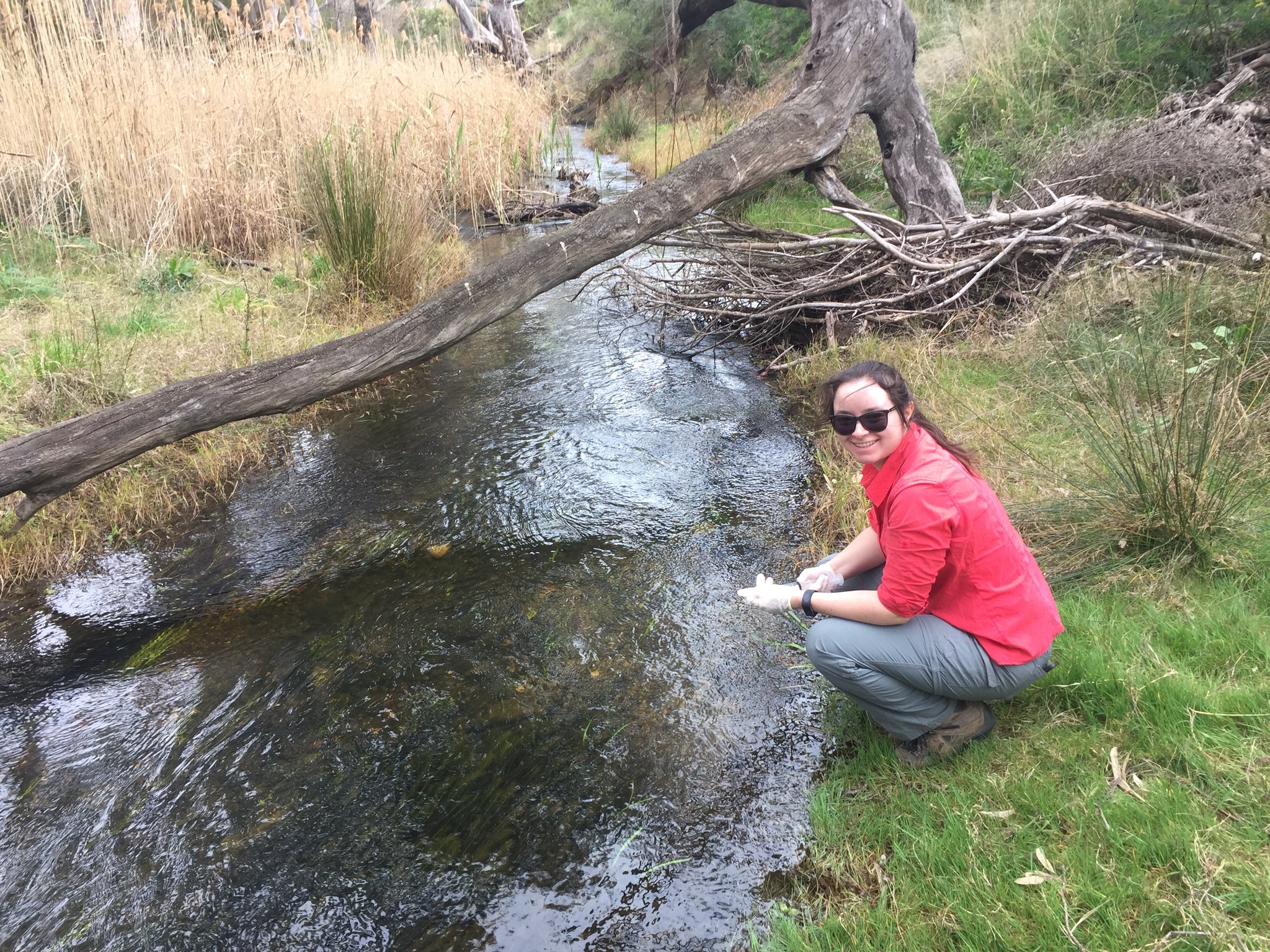
We might wish to locate populations of a threatened species, like the Dwarf Galaxias in Victoria State, or to test for the presence of an invasive species, like the Cane Toad in Australia’s North. Multi-species sampling, often referred to as metabarcoding, has been developed more recently due to the increasing accessibility of Next Generation Sequencing technologies.
Metabarcoding can yield huge amounts of information by identifying entire groups of species from an eDNA sample. The multitude of DNA sequences (the code of DNA) found in the sample is compared to a database of known genetic sequences to determine which species are present.

Sciences & Technology
Grasshoppers: The new poster bug for insect conservation
Environmental threats
As threats to our environment and biodiversity grow, there is an increasing need to monitor species across entire landscapes efficiently. And sometimes these animals are hard to detect using traditional methods, like trapping or electrofishing. Researchers or managers may have to visit a site repeatedly to be certain whether a species is there or not. Detection can be especially difficult for rare or cryptic species.
Environmental DNA sampling is non-invasive, as we don’t need to handle or trap animals to get the evidence we need. Environmental DNA sampling can also occur in places where it isn’t feasible or possible to use other methods.
For example, electrofishing —a method commonly used to survey fish— can’t happen where the salinity is too high. Some types of animals are also hard to differentiate at certain life stages, like tadpoles or larvae, but these organisms still shed DNA that can be detected using environmental DNA sampling.
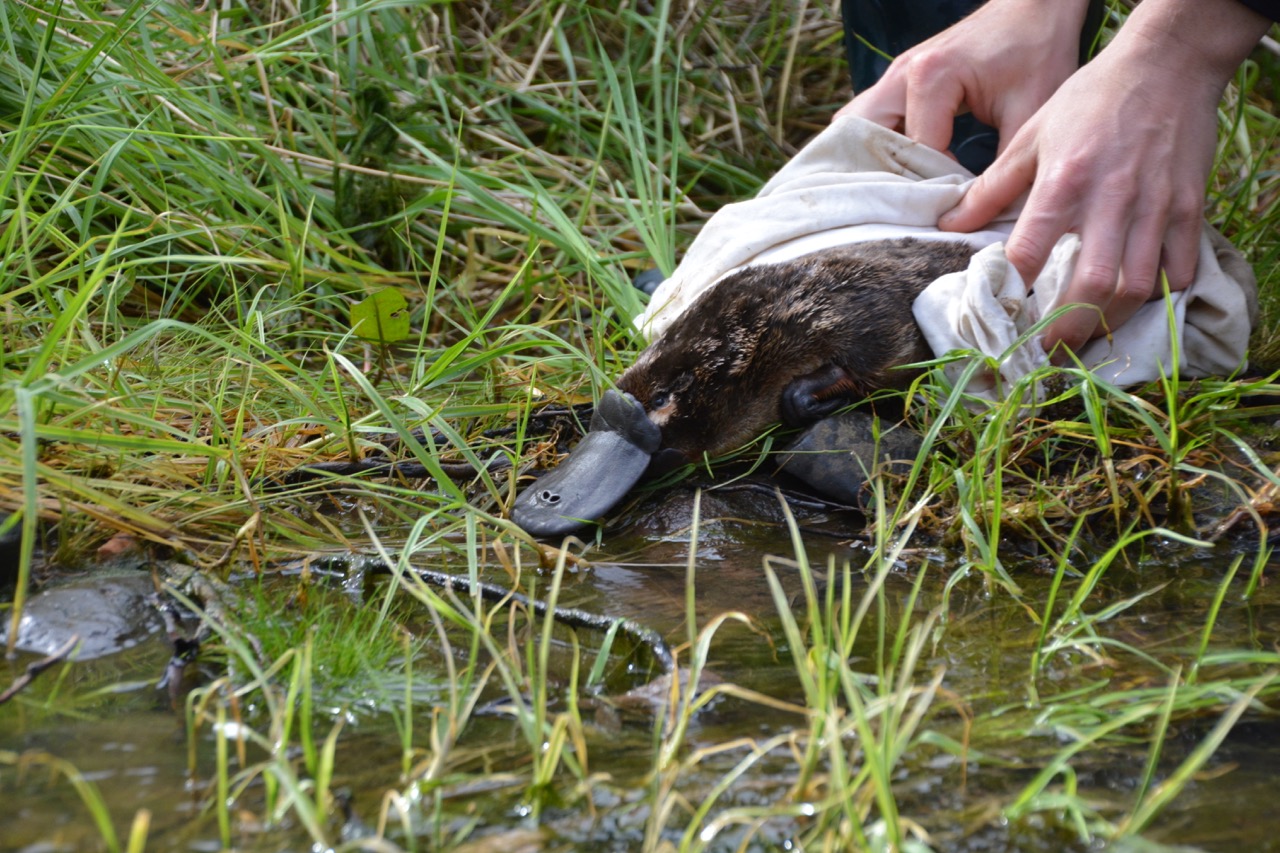
Environmental DNA sampling is also more sensitive for detecting many species than the appropriate traditional sampling method. While eDNA currently doesn’t provide information on individuals, like their health status or sex, it allows data on species to be collected over large spatial scales, and adds to the tools that managers, conservationists and scientists can use to preserve our wonderful biodiversity.
On the trail of the platypus
Platypuses are one of Australia’s favourite and most unique species but have recently been classed by the IUCN Red List of Threatened Species as near threatened.

Environment
The threatened species in our urban jungle
Researchers have detected population declines or localised extinctions in some areas, but platypuses can be notoriously hard to detect in the wild.
Typically, populations are sampled using direct capture in fyke or gill nets. Catching platypuses is time and labour intensive and there’s no guarantee that even if platypuses are in a stream, they will be caught, particularly where there aren’t many of them.
While platypuses are known to be found throughout eastern Australia, from Victoria through to Queensland, their exact distribution remains largely unknown. This makes a rigorous assessment of their true conservation status or the impacts of major threats very difficult. Traditional survey methods are simply too expensive and logistically challenging to really assess platypus occurrence across large areas.
In our new project – a collaboration with San Diego Zoo Global, cesar, and several State agencies – we will collect thousands of eDNA samples across south eastern Australia in the largest-ever investigation of platypus distribution.
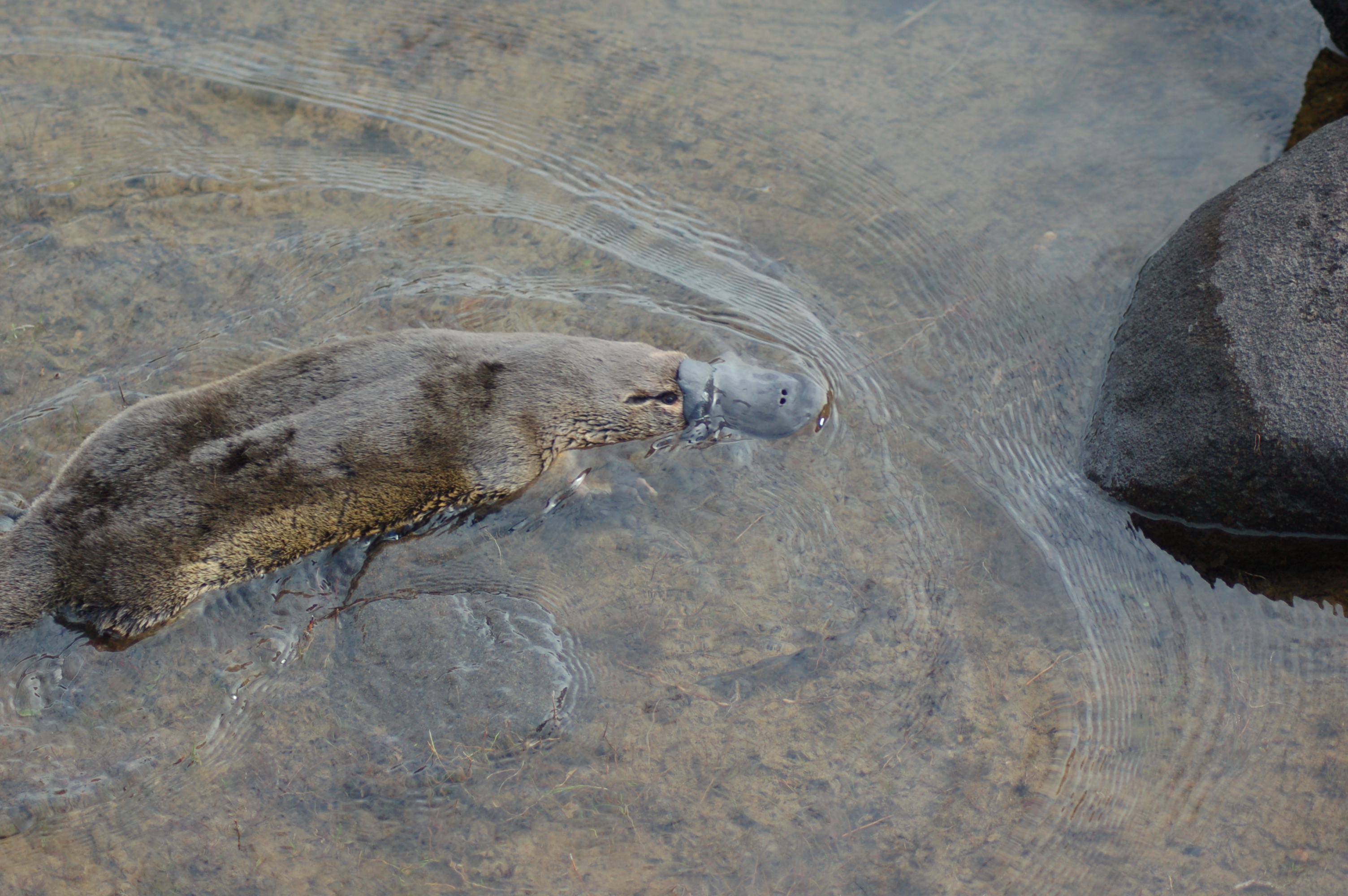
Our intensive sampling across such a large area will provide data unlike any trapping survey could achieve, and will hopefully provide an answer to one of the major questions facing platypus conservation: where are they now?
Not only will this project produce new data on the current distribution of the platypus, it will also enable us to understand why the species is declining in areas where it has been seen in the past. Using eDNA to understand the causes of platypus declines, we can help inform management actions to conserve this iconic Australian species.
We want future generations to continue the unique experience and excitement of seeing this duck-billed, beaver tailed, egg laying mammal, diving in the streams and rivers of eastern Australia.
Banner image: Shutterstock



